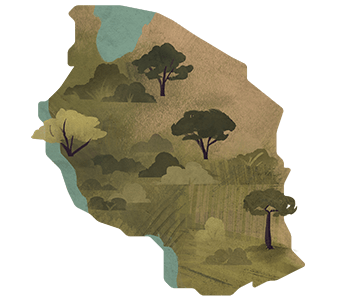Tanzania: A focus on adolescents
Delivering sex education and breaking down barriers in the health system.

Adolescent health risks
Tanzania has a high fertility rate in adolescents aged between 15 and 19. The rate is especially high in rural areas, such as the Morogoro project region. For minors in particular, pregnancy carries major health risks. In addition, early pregnancies usually have negative social implications.
Key Facts
-
Aim of the project
To improve the sexual and reproductive health of adolescents in rural Tanzania.
-
Target groups
Adolescents aged between 10 and 19.
-
Milestones
Provision of education for adolescents on sexual and reproductive health and access to health services.
-
Methods
Expanding health services and information for adolescents.
Training healthcare workers, teachers and peer educators.
Key Facts

Tanzania

Breaking down barriers in the health system
Many adolescents in Tanzania avoid using sexual and reproductive health services. This is mainly due to a lack of knowledge but also a lack of health services specifically tailored to adolescents and experiences of discrimination. To improve the situation, SolidarMed provides continuing education for health workers on sexual and reproductive health and trains them in dealing with adolescents.

Providing information on sexuality and reproduction is a key part of the project.
Age-appropriate information sources
A lack of knowledge about sexuality and reproduction is one of the main reasons behind teenage pregnancies. Many adolescents in Tanzania have only limited access to age-appropriate information. And many teachers don’t dare broach the topic. Targeted activities are designed to close this knowledge gap. They comprise awareness campaigns and the promotion of exchange and dialogue. The activities are implemented in collaboration with another Swiss organisation – Enfants du Monde. Adolescents, parents and communities are involved in a targeted way in the planning and implementation.
Partner

Enfants du Monde
Learn moreMore about our work in Tanzania
SolidarMed is committed to providing better medical care for over one million people in the Morogoro region.






